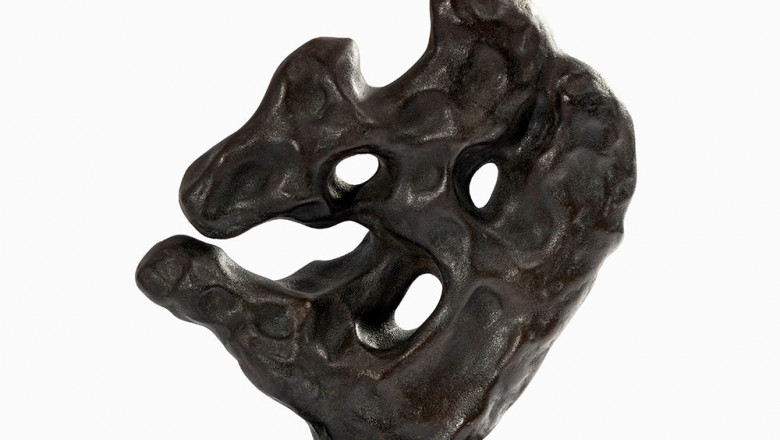views
Abstract Sculpture is one of the most dynamic and expressive forms of contemporary art. Unlike traditional sculptures that depict realistic human forms, animals, or objects, abstract sculptures break free from literal representation, focusing instead on shape, form, texture, and emotion. These artworks invite viewers to explore deeper meanings, stimulating thought, emotion, and curiosity.
Whether displayed in public spaces, galleries, offices, or homes, abstract sculptures bring a sense of modernity, creativity, and sophistication to any setting.
What is Abstract Sculpture?
Abstract sculpture is a three-dimensional art form that emphasizes non-representational forms. Instead of mimicking real-life objects, these sculptures use geometric patterns, fluid curves, fragmented structures, and experimental materials to convey ideas or emotions. The goal is to go beyond what the eye sees—to represent thoughts, feelings, or concepts through physical forms.
A Brief History of Abstract Sculpture
The roots of abstract sculpture can be traced back to the early 20th century with the rise of modernist movements. Artists like Constantin Brâncuși, Naum Gabo, and Barbara Hepworth were pioneers who challenged the conventional ideas of sculpture by removing realistic elements and focusing on purity of form and spatial relationships.
Movements such as Cubism, Futurism, Constructivism, and Minimalism all contributed to the growth of abstract sculpture. Today, it remains a powerful medium in both public and private art collections.
Characteristics of Abstract Sculpture
-
Non-Representational Design
Abstract sculptures do not aim to resemble real objects but instead focus on form, balance, and texture. -
Freedom of Interpretation
These artworks allow viewers to interpret the meaning individually, making the experience more personal and introspective. -
Use of Modern Materials
Artists often use materials like metal, glass, wood, stone, resin, and recycled objects, exploring different textures and finishes. -
Focus on Space and Movement
Many abstract sculptures are designed to interact with the surrounding space. Some even incorporate movement or sound, making them dynamic and immersive.
Why Choose Abstract Sculpture for Interior or Exterior Décor?
-
Statement Piece: An abstract sculpture can serve as a bold focal point in a room or garden.
-
Modern Aesthetic: These pieces add a contemporary, elegant edge to both traditional and modern interiors.
-
Emotional Impact: The ambiguity of abstract forms allows viewers to form their own emotional connections.
-
Versatility: Abstract sculptures fit well in various environments—homes, offices, galleries, or outdoor landscapes.
Types of Abstract Sculptures
-
Wall Sculptures: Perfect for adding depth and texture to flat surfaces.
-
Tabletop Sculptures: Compact pieces suitable for desks, shelves, or coffee tables.
-
Freestanding Sculptures: Often placed in entryways, gardens, or lobbies, these larger pieces command attention.
-
Kinetic Sculptures: Include moving parts powered by wind, touch, or motors, creating an interactive experience.
Caring for Abstract Sculptures
-
Dust regularly with a soft cloth.
-
Keep metal sculptures away from moisture to avoid rusting.
-
Use mild soap and water for cleaning stone or resin pieces.
-
Avoid harsh chemicals or abrasives, especially on painted or delicate finishes.
Conclusion
Abstract sculpture is more than just an art form—it is a celebration of imagination, emotion, and form. It challenges conventional thinking, sparks conversation, and adds artistic depth to any environment. Whether you are a seasoned collector or a first-time buyer, introducing abstract sculpture into your space is a powerful way to express your individuality and appreciation for modern art.






















Comments
0 comment